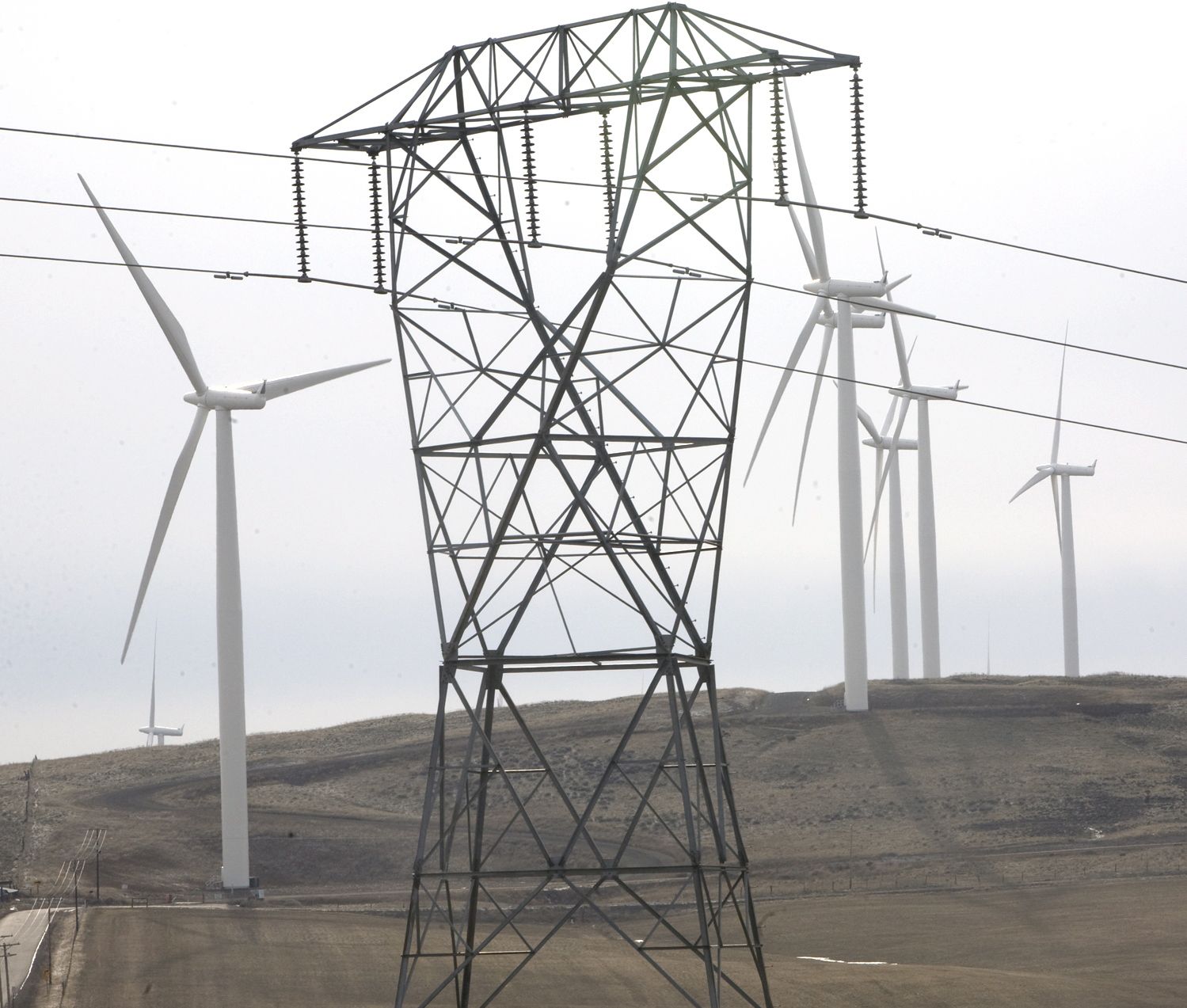The Bonneville Power Administration on Friday announced it will take more time to weigh its options for a proposed transmission line through Southwest Washington.
The agency now expects to release its detailed analysis of the project in late fall, about a year later than originally planned. It’s the second such delay — BPA had previously pushed the release to this spring, citing an “unprecedented volume” of public comments.
Now, residents will have to wait longer to find out BPA’s preferred route for the 500-kilovolt line through Clark and Cowlitz counties.
“We understand the public’s desire to have updated information and learn about our project decisions as quickly as possible,” BPA project manager Mark Korsness said in a released statement. “We want to ensure that we provide them a complete and comprehensive environmental review for consideration and comment. That takes time.”
BPA first floated the transmission line project in 2009 as a way to move power more easily through a strained Northwest power grid and accommodate future growth. It has laid out four possible routes — plus several variations based from them — for the high-powered line, stretching between Castle Rock and Troutdale, Ore. All four would cross the Columbia River at Camas.
The proposal has drawn a torrent of opposition from organized citizen groups with health and property concerns. One option would put the transmission line — and the 150-foot towers carrying it — into the Vancouver urban area mostly on existing federal rights of way. Other routes would send the line mostly into rural Clark County.
Many residents backed a citizen-proposed “Grey Line” that would have put the line farther north and east than any of BPA’s options. But in January, the federal power marketing agency announced it had dropped that idea from consideration. Project leaders said at the time the Grey Line presented too many logistical and cost hurdles while not doing enough to reduce impacts to private landowners. Supporters have said it’s by far the least impactful to people.
In its announcement this week, BPA said it will use the extra time to consider comments and further study the project before it releases its detailed draft environmental impact statement this fall. That’s when project leaders will pick a preferred route, according to BPA, ending years of uncertainty.
BPA officials have said construction on the line could begin as soon as 2013, but the latest delay may push back that target. BPA spokesman Doug Johnson said the agency will re-evaluate the schedule once the analysis is out and “adjust as necessary.”
Planners will also work through permitting processes in the meantime, officials said. BPA has already faced questions from the U.S. Army Corps of Engineers, one of the agencies that must approve the project. Planners continue to work with the Corps and other partners, Johnson said.
The project will cost an estimated $317 million to $407 million, according to BPA, with the cost largely depending on which route is chosen.




